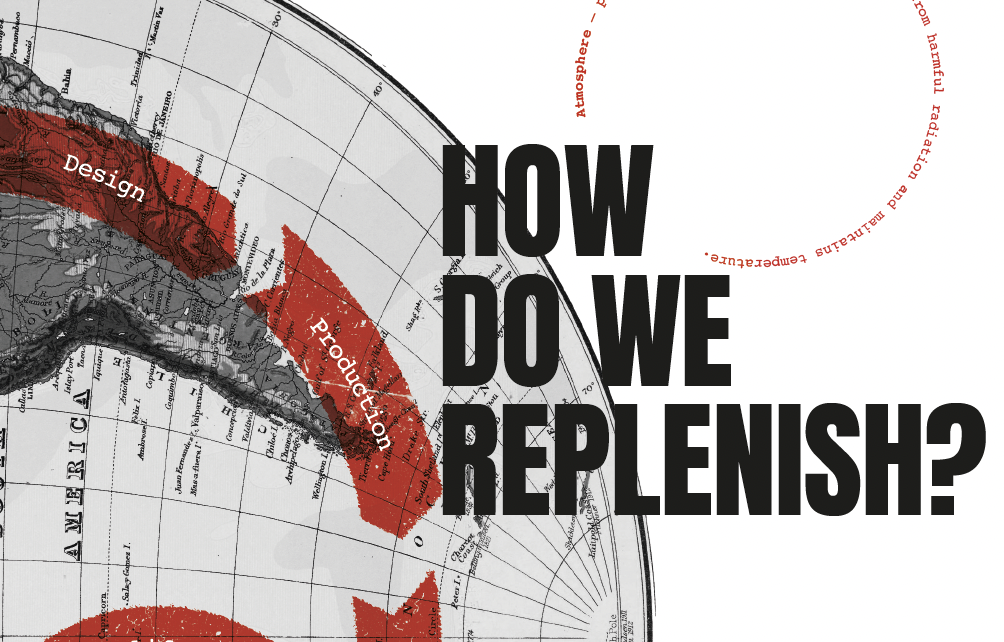Thinking in systems
What designers do, and what they might do, is critical to making our world what it is or what it could be. Through the design of the products, services and brands we interact with every day, designers have a unique opportunity to influence how people live.
Taking on the challenges of environmental and social issues is not a new design consideration. In his book Design for the Real World (first published in 1971), Victor Papanek called attention to how any design must function within the wider social, ecological, and cultural context. He also argued that much design only serves to satisfy the wants and desires of ‘fads and fashion’ while deeper needs (often more difficult and less profitable to satisfy) get neglected.
Other design commentators, such as respected design historian and writer Victor Margolin, proposed that the ultimate purpose of design is to contribute to the creation of a good society: “...one that is fair and just. Insuring that all citizens can receive the goods and services they need to survive with dignity”.
Before these voices, in the late 19th Century (before we had begun to grasp the environmental impacts of mass production), William Morris outlined his position on an ideal society built on craftsmanship and inspired by nature. And after World War I, when designers and architects in Europe were imagining ways to rebuild a battered continent, the hugely influential Bauhaus design school developed a vision that wanted art and industry to work together for the needs of society.
Fast forward to 2021 and ‘The New European Bauhaus’ also came with a vision. It was launched to translate the European Green Deal (the EU’s plan to make the economy sustainable and the EU climate neutral by 2050) into tangible change on the ground that improves our daily life, in buildings, in public spaces, and in furniture. The New European Bauhaus aims to create ways of living that connects sustainability with good design - design that needs less carbon and that is inclusive and affordable for all.
So, designers are once again being called upon to address social and environmental challenges and build a better society. But are these challenges that we have been trained for? Protecting biodiversity or responding to climate change are fascinating challenges, but they are also problematic. They extend the boundaries of what most designers might expect to get involved with and they change the end goals. Neither of which are easy in situations that still have to meet immediate commercial pressures of cost effectiveness, ease of availability, and profit margins.
Even the most well-intentioned designers can’t make these types of changes on their own. We’ve got to do this together – collaboratively – because it is complex and involves multiple decision makers. A designer’s role here is not just to create new product ideas, but to foster a shared understanding of the whole situation and facilitate conversations between all the people involved.
Customers no longer become the central focus – nature does. It’s a fundamental reversing of the supply chain. It asks us to imagine what we might design to regenerate land, habitats or water sources and then connect with customers that want to support that regeneration. This nature-based approach to designing asks us to live with, rather than off of, the Earth. It asks us to develop solutions not just with minimal environmental impact, but puts environmental protection and repair as the central goal.
This new designer thinks in systems, not just objects. They sketch complex ideas and capture the perspectives of others with curiosity and empathy. Just like William Morris or Victor Papanek, they don’t just design, they also serve as a facilitator that can share new visions of the future with their ability to experiment, prototype and engage. They develop ideas that go beyond dealing only with materials, or products, or addressing symptoms, and instead grapple with the root causes of why things are not working.

